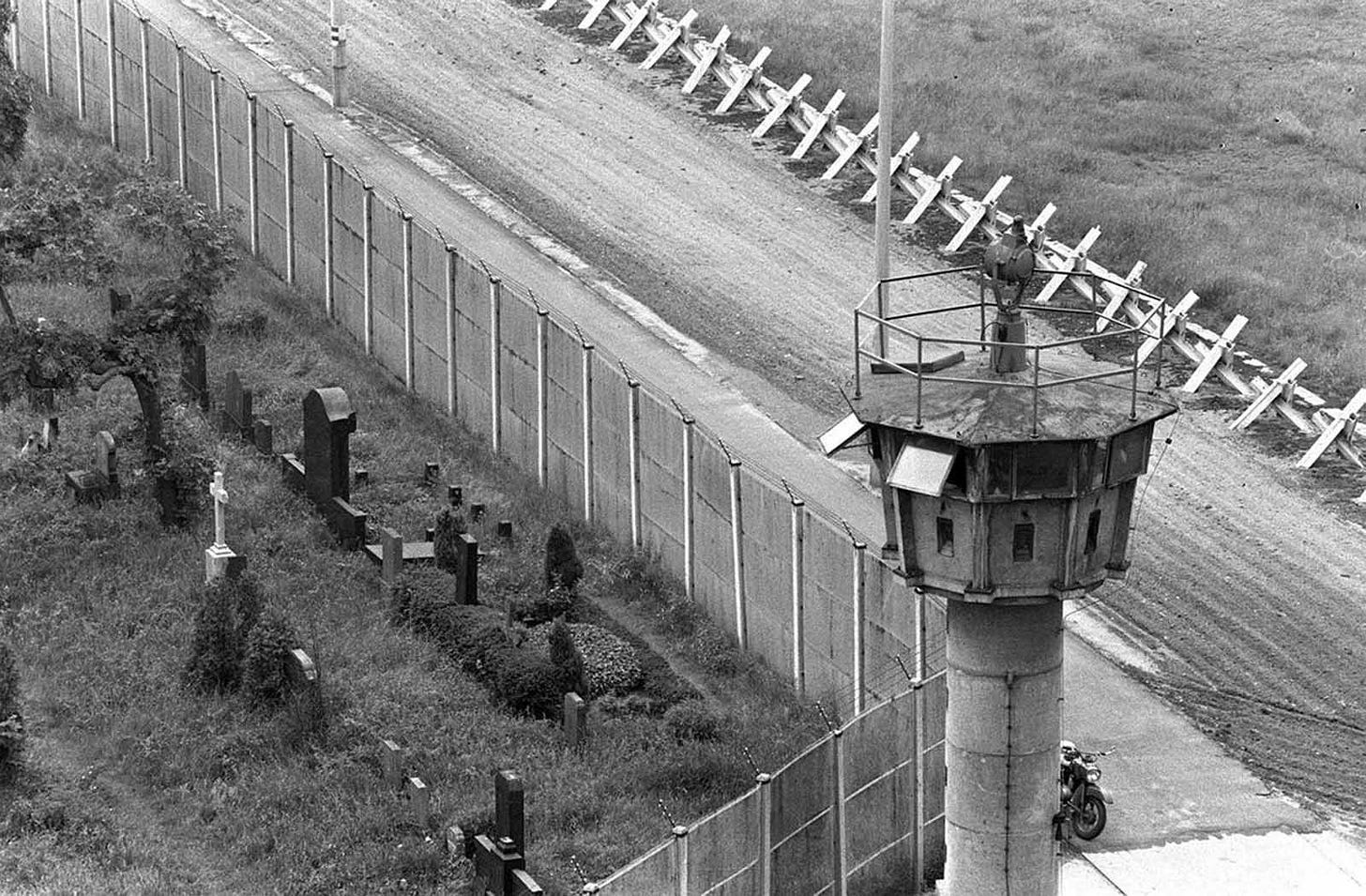As the world celebrates the Fall of the Berlin Wall, I want to flag something that a reader pointed me to. It’s a post from a few years ago by Branko Milanovic, a historian and professor who’s now at CUNY. And it’s about the nature of democracy and nationalism in post-Communist Europe.
There’s been a lot of handwringing about the “breakdown of democracy” and the increasing power of far-right nationalism in Eastern Europe. There’s even periodic talk about booting Hungary and Poland from the EU, or at least punishing them in some way for their bad un-European behavior.
To Milanovic, Eastern Europe’s “slide” to far-right nationalism — whether in Latvia, Poland, or Hungary — is not failure of democracy. It’s a failure by Western experts to understand what the independence politics of those countries were really about. His point is that they were only nominally about democracy. What they were really about was nationalism and national sovereignty. He points out that by that time these countries had already become more ethnically and culturally pure than they had ever been in their histories:
When one draws the line from Estonia to Greece, or to be more graphic and to imitate Churchill from Narva to Nafplion, one notices that all currently existing countries along that axis were during the past several centuries (and in some cases, the past half-millennium), squeezed by the empires: German (or earlier by Prussia), Russian, Habsburg, and Ottoman…
Eventually, as the four empires receded, notably in the aftermath of the First World War, and eventually in the early 1990s when the last such empire, the Soviet Union, collapsed all countries along the Narva-Nafplion line became independent and almost wholly ethnically homogeneous.
Yes, I know that there is an exception, Bosnia, and precisely because it is an oddity and exception, the civil war was fought there. But every other country is now fully, or fairly close to being fully, ethnically homogeneous. Consider Poland that in 1939 consisted of 66% of Poles, 17% of Ukrainians and Belorussians, almost 10% of Jews and 3% of Germans. As a result of the Second World War and the Holocaust and then the westward movement of Polish borders (combined with the expulsion of German minority), in 1945 Poland became 99% Catholic and Polish. It fell under the sway of the Soviet Union but since 1989 it was both free and ethnically compact.
In fact, if we define the national ideals as (a) zero ethnic members outside country’s borders and (b) zero members of other ethnic groups within the borders, Poland, Czech republic, Slovakia, Slovenia and Greece (total population of almost 70 million) fulfill these two criteria almost to perfection. Close by come Hungary, Lithuania, Croatia, Serbia, Albania and Kosovo (total population of about 30 million) that fulfill almost fully the criterion (b); Estonia, Latvia, Bulgaria, Macedonia and Romania (about 30 million) satisfy (a), but do have relatively important minorities within their borders. The upshot is that most countries that run from the Baltics to the Balkans have today almost entirely homogeneous populations within their borders, i.e. they satisfy either both (a) and (b), or (a) alone.
[The 1989 revolutions] were often interpreted as democratic revolutions. Thus the current “backsliding” of East European countries toward overt or covert authoritarianism is seen as a betrayal of democratic ideals or even, more broadly and extravagantly, of the ideals of the Enlightenment. The refusal to accept migrants is regarded as contradicting the nature of the revolutions. This is however based on a misreading of the 1989 revolutions. If they are, as I believe they should be, seen as revolutions of national emancipation, simply as a latest unfolding of centuries-long struggle for freedom, and not as democratic revolutions per se…
This might oversimplify the complicated politics of the region a bit, but it’s more right than not: Today, many post-communist Eastern European countries are an ethno-nationalist’s dream come true.
After a century of waiting, they finally got their own ethnically pure homelands — places where their pure genes and pure cultures can flourish unmolested by outside contaminants. Their independence movements were driven by nationalist mythologies and aspirations, and the current politics of these places is still very much in line with this kind of regressive nationalist thinking.
All that makes me think about Ukraine. It emerged from the Soviet Union with strong Ukrainian nationalist and fascist-adjacent movements but it remained very much a mixed country — ethnically, linguistically, religiously, and culturally. And this mix of Ukrainian and Russian (as well as Hungarian, Romanian, Tatar, etc.) has not mixed well with the ultra-nationalistic politics and aspirations of post-communist independence. All this has made Ukraine a perfect cauldron for ethnic and cultural strife — one that America has been trying to use to the max.
—Yasha Levine
PS: As Sean Guillery commented on Facebook, “Ethnic homogeneity is one of the tragedies of the collapse of communism. At least the Soviets had an ideology of multiculturalism and friendship of people’s, even if it often lagged in practice. Ironically Russia is one of the few states in the region that is openly proud of its multi ethnicity—Putin has even said so himself.” Couldn’t agree more. For all of Russia’s faults it’s the only country that’s truly multicultural and more-or-less proud of it, although nationalism and racism is deeply ingrained in its culture.
Immigrants as a Weapon is a new investigative newsletter that looks at how America weaponizes nationalism and immigrant communities. Sign up to get subscriber-only stuff in your inbox!
Forgot to catch up on your reading?



